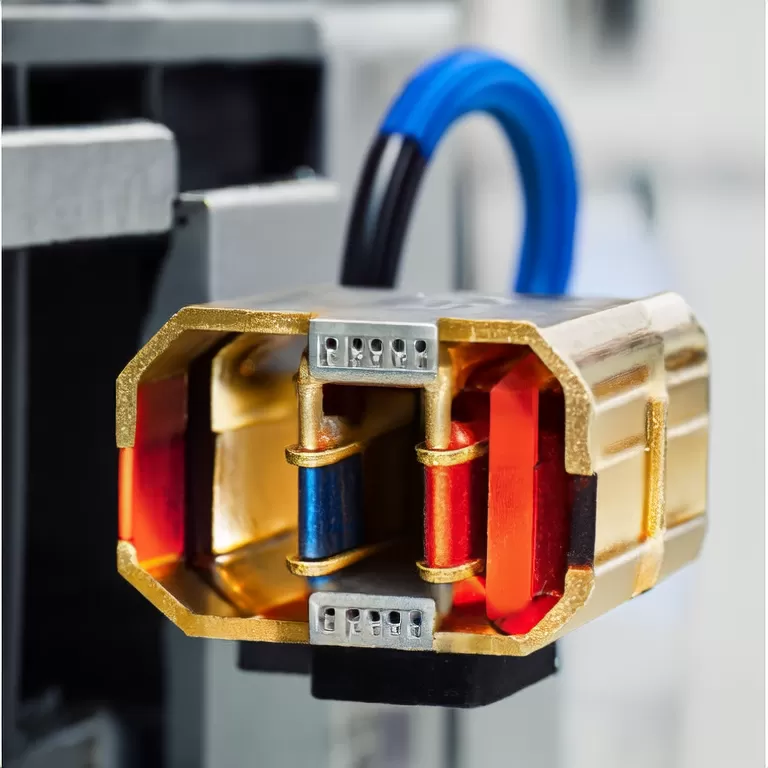- Home
- Products
+
- Connectors
+
- Box Header Connectors & Ejector Header Connectors
- Female Header Connectors
- Male Pin Header Connectors & Mini Jumper Connectors
- IC Socket / PLCC Socket / ZIF Socket Connectors
- Wire to Board Connectors & Wire to Wire Connectors
- IDC Connectors
- FFC / FPC Connectors
- Micro Match Connectors
- DIN41612 Connector
- D-Sub Connectors / D-SUB hood
- SIM & Micro SIM & Nano SIM Card Connectors
- Memory Card Connectors
- USB 2.0 / USB 3.0 / USB 3.1 / Type C / Micro USB / IEEE 1394 / Mini USB Connectors
- DVI Connectors & HDMI Connectors
- Y13 / Y17 /Y21 IP68 Waterproof Circular Connectors
- Circular Connectors
- SATA Connectors
- Audio Connectors
- Terminal Blocks
+
- PCB Terminal Block Rising Clamp
- PCB Terminal Block Wire Protector
- Pluggable Terminal Blocks
- Screwless-Spring terminal blocks
- Barrier Terminal Blocks
- Reflow Solder LCP Housing Terminal Blocks
- Fuse lighting terminal blocks
- Feed Through Terminal Blocks and Box
- Miniature Rail-mounted Terminal Blocks
- Insulated terminals
- Non-insulated terminals
- Solder terminals for PCB mount
- Switches +
- Crystals / Oscillators / Resonators +
- Transformers +
- Ethernet Connectors +
- RF Connectors +
- Sound sources +
- Latching Relay +
- Antenna +
- Connectors
+
- Cross Reference
- Solution
- About RHT
- FAQ
- Download
- News
- Contact Us +
How many wires can be connected to one terminal block?
 Nov. 25, 2025
Nov. 25, 2025When it comes to managing electrical connections efficiently, users often grapple with the question: "How many wires can I connect to one terminal block?" This inquiry not only reflects a quest for clarity among DIY enthusiasts but also showcases the importance of safety and optimal performance in electrical installations. As a Terminal Blocks Supplier, understanding the nuances of wire connections is crucial. This article delves deep into user experiences, pain points, and solutions surrounding terminal block usage, offering you the expertise needed to navigate this fundamental aspect of electrical engineering.
Understanding Your Needs: The User Perspective
Users typically approach terminal blocks with varying needs—whether for home wiring, industrial applications, or automotive modifications. Anecdotes from individuals reveal that many face challenges with inadequate space for connections or the fear of overloading a terminal block. For example, a local DIYer named Alex had a frustrating experience trying to connect three wires to a single terminal block designed for just two. This resulted in intermittent power loss and caused him to troubleshoot for hours before realizing the limitation was purely electrical. Understanding the specifications of terminal blocks guides users in making informed decisions.
Preparing for the Connection: Key Materials and Tools
Before you dive into connecting wires to a terminal block, it\'s important to gather the right materials and tools:
- Terminal Block: Choose a block rated for your specific application and voltage, such as RHT’s robust options that support varying gauge wires.
- Wires: Ensure to match wire gauge to terminal block specifications (typically between 12 AWG to 26 AWG).
- Tools: You\'ll need wire stripping tools, a screwdriver (typically Phillips or flathead), and possibly a multimeter for testing connections.
Step-by-Step Guidance for Connecting Wires to Terminal Blocks
Here’s a clear, actionable guide to properly connect your wires:
- Prepare Your Wires: Strip about 1/2 inch of insulation off the ends of each wire using a wire stripper, ensuring a clean cut.
- Identify Terminal Block Specifications: Each terminal block has a maximum number of connections that can depend on its size and application (often between 2 to 10 wires per block).
- Insert Wires: Carefully insert the stripped end of your first wire into the terminal where you want to connect it. If your terminal block is rated for multiple connections, ensure you don’t exceed that limit.
- Tighten Connections: Using a screwdriver, tighten the terminal clamp to hold the wire securely. Make sure it’s snug but not overtightened, which can damage the wire.
- Repeat for Additional Wires: Continue this process for any additional wires, respecting the terminal block’s specified limits.
- Test the Connection: Once all wires are connected, use a multimeter to check for continuity and ensure no short circuits exist.
Common Errors and Solutions while Connecting Terminal Blocks
Many users encounter pitfalls during the connection process. Here are common errors and how to avoid them:
- Overloading a Terminal Block: Connecting more wires than the block can handle can lead to overheating and failure. Always refer to your terminal block’s manual for maximum connection limits.
- Improper Wire Gauges: Using wires that are too thin can cause high resistance, while overly thick wires may not fit. Choose appropriate gauges based on the terminal specifications.
- Poor Connections: Ensure all wires are snugly attached. Loose connections can lead to power loss. Regularly check and maintain your installations.
Summary and Suggestions for Using Terminal Blocks
Understanding and following the specifications of terminal blocks while connecting wires is essential for safety and functionality. Ensuring you only connect the designated number of wires, such as in RHT terminal blocks, allows for efficient and effective electronic setups. Users are recommended to educate themselves further by exploring manufacturer guidelines and prioritizing safety first in all electrical connections.
FAQ
Q1: What is the maximum number of wires I can connect to a terminal block?
A1: The maximum number can vary based on the terminal block\'s design and specifications, typically ranging from 2 to 10 wires.
Q2: Can I connect wires of different gauges to the same terminal block?
A2: It’s best to connect wires of the same gauge to ensure uniform electrical conductivity and prevent potential overloads.
Q3: How can I check if my wire connections are secure?
A3: Using a multimeter, you can test continuity across connections. Ensure there is no significant resistance, indicating a secure connection.
Can terminal blocks be customized?
 Nov. 20, 25
Nov. 20, 25










